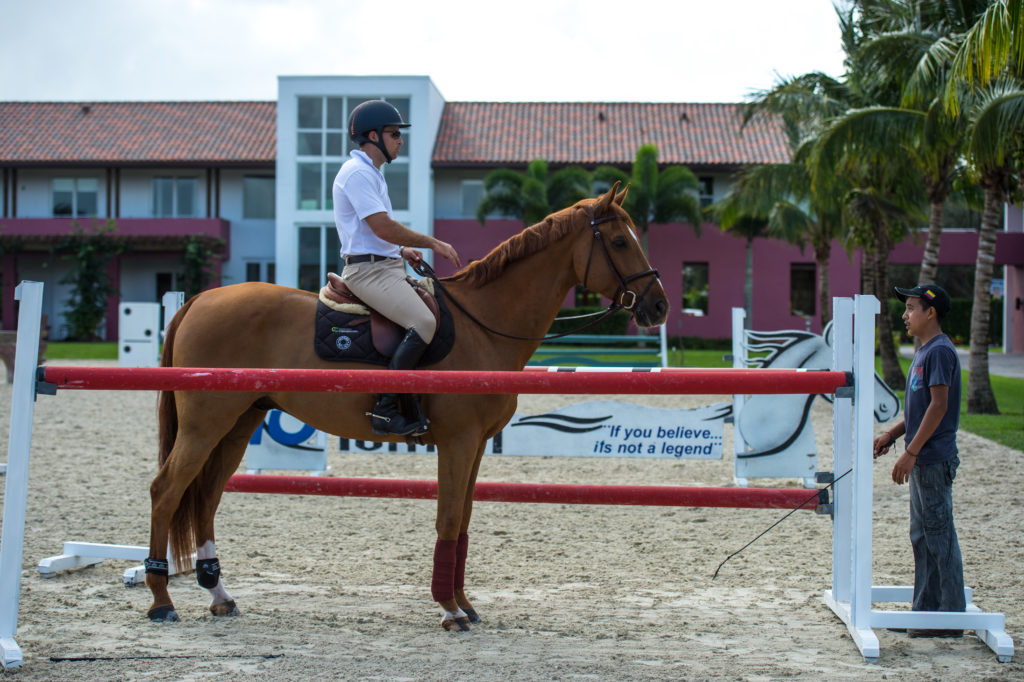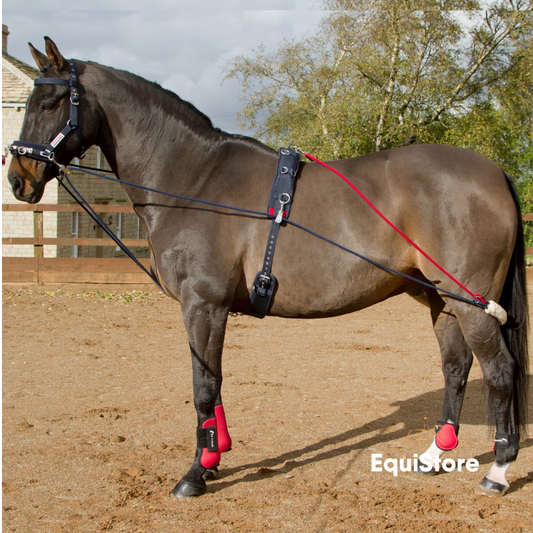Teaching Your Horse to Respond to Seat Aids: A Comprehensive Guide

Teaching your horse to respond to seat aids is a fundamental skill that enhances communication, improves performance, and deepens the partnership between rider and horse. This article will explore effective techniques, training tips, and common challenges, all structured to help riders of all levels master this essential aspect of horsemanship.
What Are Seat Aids?

Seat aids refer to the subtle signals a rider gives through their seat, pelvis, and weight distribution to communicate with the horse. Unlike reins or leg aids, seat aids are more nuanced and require a sensitive, balanced rider to be effective.
Key Components of Seat Aids:
- Weight Shifts: Adjusting your weight to influence the horse’s balance and direction.
- Pelvic Tilt: Using the tilt of your pelvis to cue movements like transitions or lateral work.
- Seat Bones Pressure: Applying pressure through the seat bones to encourage forward movement or collection.
Why Teach Your Horse to Respond to Seat Aids?
- Improved Communication: Enhances subtlety and precision in riding.
- Better Balance: Helps the horse maintain balance and rhythm.
- Increased Responsiveness: Allows for smoother transitions and more refined movements.
- Safety: Reduces reliance on reins, promoting a softer, more independent horse.
Step-by-Step Training Process
| Step | Description | Tips |
|---|---|---|
| 1 | Establish a Balanced Seat | Ensure your own posture is correct; a balanced rider is key to effective seat aids. |
| 2 | Introduce Weight Shifts | Practice shifting your weight gently from side to side while walking. |
| 3 | Use Pelvic Movements | Cue the horse to move forward or sideways using pelvic tilts. |
| 4 | Combine with Leg Aids | Reinforce seat aids with leg cues for clarity. |
| 5 | Practice Transitions | Use seat aids to signal walk-trot or trot-canter transitions. |
Common Challenges and Solutions
- Horse Ignores Seat Aids: Check rider balance and clarity of aids; consider groundwork to reinforce cues.
- Rider Tension: Relax your hips and lower back to improve communication.
- Inconsistent Responses: Practice regularly and reward correct responses promptly.
FAQs
Q1: How long does it take for a horse to learn seat aids?
A: It varies by horse and rider, but consistent practice over weeks to months is typical.
Q2: Can beginners teach seat aids effectively?
A: Yes, with patience and proper guidance, beginners can develop effective seat aids.
Q3: Are seat aids used in all riding disciplines?
A: While emphasized in dressage, seat aids are valuable across many disciplines including jumping and trail riding.
Conclusion
Mastering seat aids is a rewarding journey that strengthens the bond between horse and rider. By focusing on balance, subtlety, and consistent practice, you can teach your horse to respond confidently and gracefully to your seat cues.
Feel free to use this guide as a foundation for your training sessions and watch your horsemanship skills flourish!
